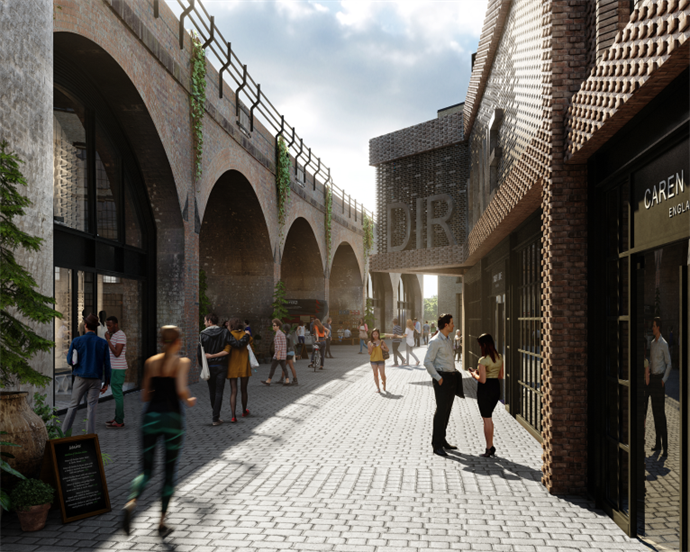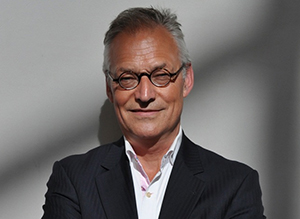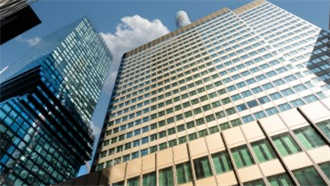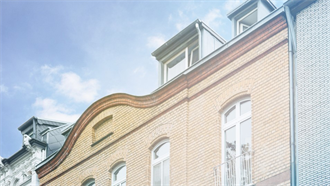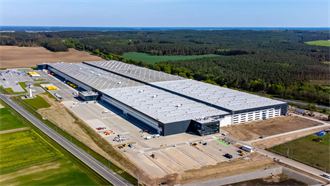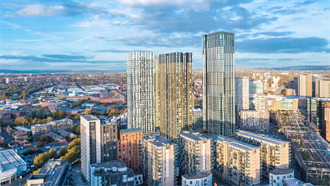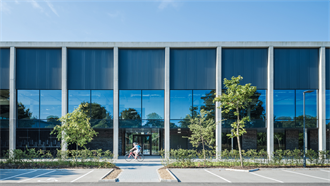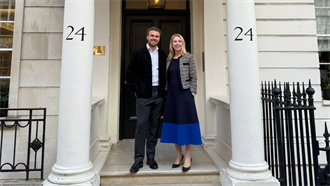In ancient Rome, citizens gathered at the Forum – the market place where civic events, gladiatorial combats, commerce, and anything of importance occurred. Central meeting places have served a vital function throughout the history of mankind, which is why they are found across continents in most villages, towns, and cities.
Technophiles would have you believe, however, that these places are increasingly obsolete as mobile devices, virtual reality and other innovations provide instant connections to the world from the comfort of your own home. We do not share this vision at Meyer Bergman and people’s behaviours today demonstrate that modern-day Forums are just as relevant in this hyper-connected digital age.
Industrialisation, new technologies, and innovation have changed the urban landscape. Where once city centres accommodated multiple uses, often vertically, more than a century of land use zoning has sought to separate homes from trade and industry in the name of health and safety. There was good reason for this at the time, as urban planners wanted to keep dense population centres out of the way of the harmful fumes and waste from a rapidly industrialising world. Nonetheless it gathered momentum, notably in the second half of the 20th Century with the rise of cars. North America provides the best evidence, where Euclidian zoning – named after the Ohio town whose monofunctional land use regulation was upheld by the U.S. Supreme Court in 1926 – paved the way for single-purpose neighbourhoods. This eroded the richness of many city centres and gave rise to new places to consume –shopping centres, big box retail, and strip malls to name a few.
The Shifting Retail Paradigm
Ten years ago, most real estate investors’ retail portfolios would have been focused on a combination of the above. Most of this stock is in oversupplied secondary locations and will be hit hard as people increasingly fulfil their functional shopping needs through efficient online alternatives. There will undoubtedly be significant challenges to adapt these assets to more suitable uses and the investor who can think creatively to provide a solution will win many mandates.
But not all retail is doomed and we see more investors shifting their interest to urban mixed-use locations where demand remains high. Much of the current debate on the future of retail dramatizes the impact of online shopping, such as escalating vacancies and the destruction of property values. There may be too much retail space, but this is generally a local or a regional issue, depending on where you live and where the supply is located. E-commerce penetration will most likely be increasing everywhere, but the function served by physical and online stores are very, very different. The majority of investors have not fully digested this implication, perhaps because of the challenges that they face within their existing retail portfolios. The evolution in retailing and its impact on real estate is an interesting case of how technology is enabling people to do things that they were unable to do before.
The urban experience is much more than transactional, since it includes spending time in a fun environment, people watching, meeting, dining and enjoying the cultural amenities – all functions served by the Roman Forum. Urban destinations champion all the essential ingredients in the retail mix that cannot be offered online. High footfall and longer trading hours made possible from a mix of shoppers – residents, workers, and tourists – ensure that core high streets have been resilient and stable throughout economic cycles compared to other retail locations. These attractive central locations are also better connected locally and internationally. In key gateway cities, which are magnets for talent and capital, retailers enjoy access to a trading area that far exceeds the natural catchment. This differentiates core high street locations in city centres from most other retail locations.
The Retail Evolution Within
The mix at street level is also evolving to keep pace with the changes. Food & beverage is increasingly integrated, even within shops as part of the customer experience - at Topshop on London’s Oxford Street or Armani Cafes, for example. Stores are changing as well, becoming a space for exploration and service, not merely for merchandising. Flagship store concepts are essential to build brand awareness and to facilitate the customer journey from online to physical stores and vice-versa. Whereas traditionally the success of a store was measured by turnover, increasingly the value of the store lies in its expression of the brand’s identity and in building a closer relationship with customers. For this very reason, more online retailers are now opting to open stores. Real estate, therefore, provides an important meeting place for client engagement and where technology can improve product presentation, information and sales. It is easy to see contemporary needs going hand in hand with technological innovation.
Higher Utilisation, Higher Value
While high streets offer visitors an experience, authenticity and regional identity, for real estate investors a strong and well-balanced retail mix presents the potential for higher asset utilisation. Europe offers plenty of opportunities in this domain because it is home to so many celebrated high streets, such as Regent Street in London, Champs Elysees in Paris and Strøget in Copenhagen. Does this confine investment opportunities to long-standing established prime retail locations? Not as our experiences show.
A newcomer is the historic heart of Oslo, the capital city of Norway and among the wealthiest cities in Europe. Many overlooked the opportunity there because of the relatively modest size of the market and the fact that Norway is not a member of the European Union. However, strong demographics and a stable economy have put the city on the map as retailers look for underserved markets for expansion.
This is the market Meyer Bergman entered more than three years ago and led it to acquire the Promenaden Portfolio – the Eger and Steen & Strom department stores and a cluster of high street properties around the prime pitch of Karl Johan Gate. Having a critical mass of assets under a single ownership has allowed us to transform a quaint but sleepy area in the heart of Oslo into a high profile shopping destination, raising substantially Oslo’s position in the hierarchy of Europe’s retail cities. To date, Meyer Bergman has brought more than 10 new brands to the market, revitalised the F&B concept in the Steen & Strom Department Store, created a new meeting point and added vibrancy in the area.
Infill developments also offer an exciting opportunity to build on the historic character and connections of an existing street scape to create a new urban experience with authenticity - a highly sought-after quality in a digital age. A good example is Borough Yards in London, our mixed-use regeneration project near London Bridge. It is adjacent to Borough Market, among the busiest in London and a haven for foodies. The project aims to give new relevance to the location by making use of the historic railway arches and resurfacing Dirty Lane to restore it as the area’s main pedestrian thoroughfare. The development will create 10,745 sqm of contemporary retail, a F&B offer in an authentic setting, 6,360 sqm of co-working office space, and a cinema. The mix of uses will add to the dynamism of the area throughout the day and make Borough Yards an important destination and meeting place within London.
People need markets and meeting places for social interaction and inspiration. They are as important as technology in enriching our lives. This is why retail-led city centre investments have a bright and resilient future, despite issues elsewhere in the retail market. There is a lot of opportunity for investors with vision, development expertise and the right asset management skills in leasing, branding, and marketing. This is why we at Meyer Bergman believe we are circling back to the Roman Forum model for our urban centres: because vibrant destinations in Berlin, Milan, London, Oslo, Paris and many other places continue to be relevant in today’s complex and digitally-connected world.

